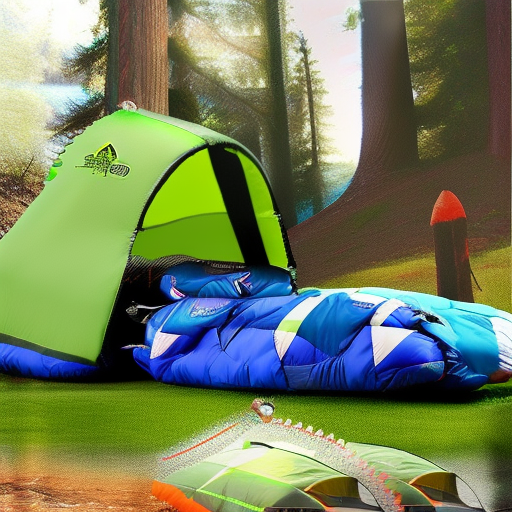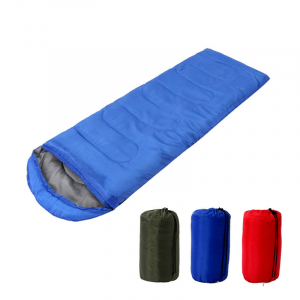News Center+ 查看更多
News Center
+ 查看更多
Stay Warm and Comfy: Choosing the Right Sleeping Bag Material+ 查看更多
Stay Warm and Comfy: Choosing the Right Sleeping Bag Material
+ 查看更多
Date:2023-12-13
Selecting the appropriate sleeping bag material is paramount for a cosy and comfortable night's sleep during outdoor adventures. The choice of material significantly influences insulation, weight, durability, and overall performance of the sleeping bag.

1. Down Insulation: Exceptional Warmth-to-Weight Ratio
Down insulation, sourced from duck or goose plumage, offers exceptional warmth-to-weight ratio. The loftiness of down traps body heat efficiently, providing superior insulation. Moreover, its compressibility makes it lightweight and easily packable, ideal for backpacking or cold weather camping.
2. Synthetic Insulation: Durability and Moisture Resistance
Synthetic insulation, composed of polyester fibers, offers durability and moisture resistance. Unlike down, synthetic insulation retains its insulating properties when wet, making it suitable for humid environments or activities where exposure to moisture is expected. However, it tends to be bulkier than down.
3. Hybrid Insulation: Blending the Best of Both
Hybrid insulation combines the benefits of down and synthetic materials. These sleeping bags feature down insulation in areas that require maximum warmth, such as the torso, coupled with synthetic insulation in areas prone to moisture exposure, like the footbox. This fusion optimizes warmth, weight, and moisture resistance.
4. Shell Material: Balancing Durability and Weight
The shell material of a sleeping bag impacts its durability and weight. Ripstop nylon or polyester fabrics offer durability against tears and abrasions while keeping the bag lightweight. Water-resistant coatings enhance protection against moisture, ensuring a dry and comfortable sleep.
5. Lining Material: Comfort and Moisture Wicking
The lining material influences comfort and moisture management inside the sleeping bag. Smooth and breathable materials like polyester or nylon taffeta offer comfort and aid in moisture wicking, keeping the sleeper dry and cozy throughout the night.
6. DWR Treatment: Enhancing Water Resistance
Some sleeping bags feature a Durable Water Repellent (DWR) treatment on their outer shell. This treatment improves water resistance, preventing moisture from seeping into the bag while allowing breathability. Regular reapplication may be necessary for continued effectiveness.
7. Ethical Considerations: Responsible Down Standard (RDS)
For conscientious consumers, verifying if the down used in the sleeping bag adheres to the Responsible Down Standard (RDS) ensures ethical sourcing. RDS-certified down indicates humane treatment of animals and responsible sourcing practices.
8. User Reviews and Recommendations
Gaining insights from user reviews and expert recommendations aids in understanding real-world performance. Evaluating experiences shared by fellow campers provides valuable insights into a sleeping bag's durability, insulation, and overall satisfaction.
Conclusion
Choosing the right sleeping bag material involves a careful consideration of insulation type, shell and lining materials, and ethical aspects. By understanding the characteristics and advantages of different materials, campers can make informed choices, ensuring a warm and comfortable night's sleep during their outdoor pursuits.

